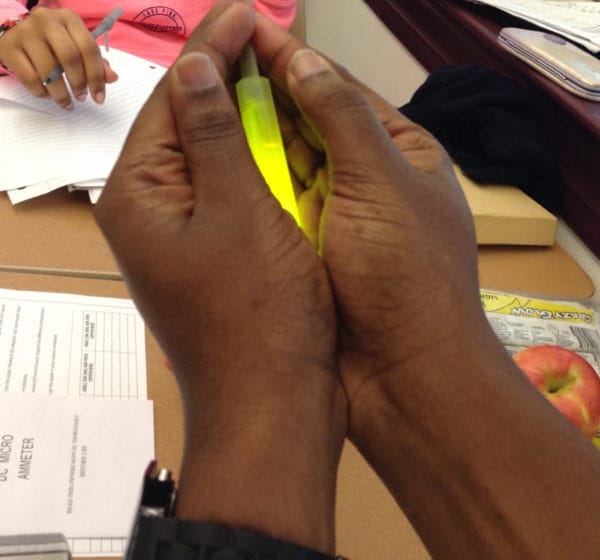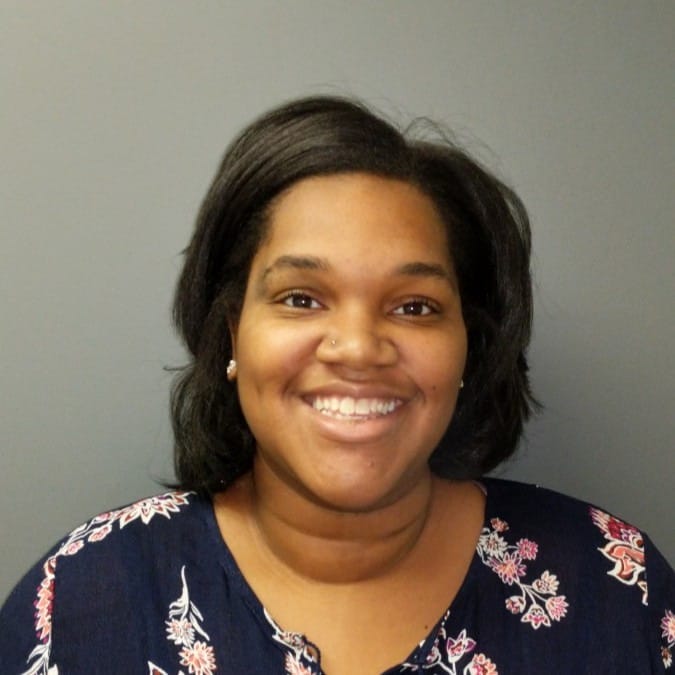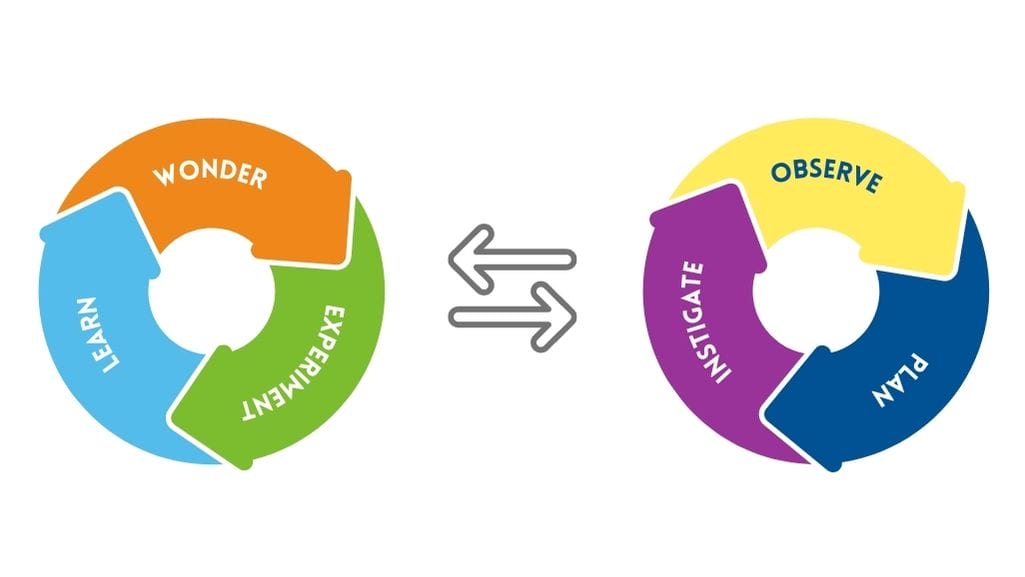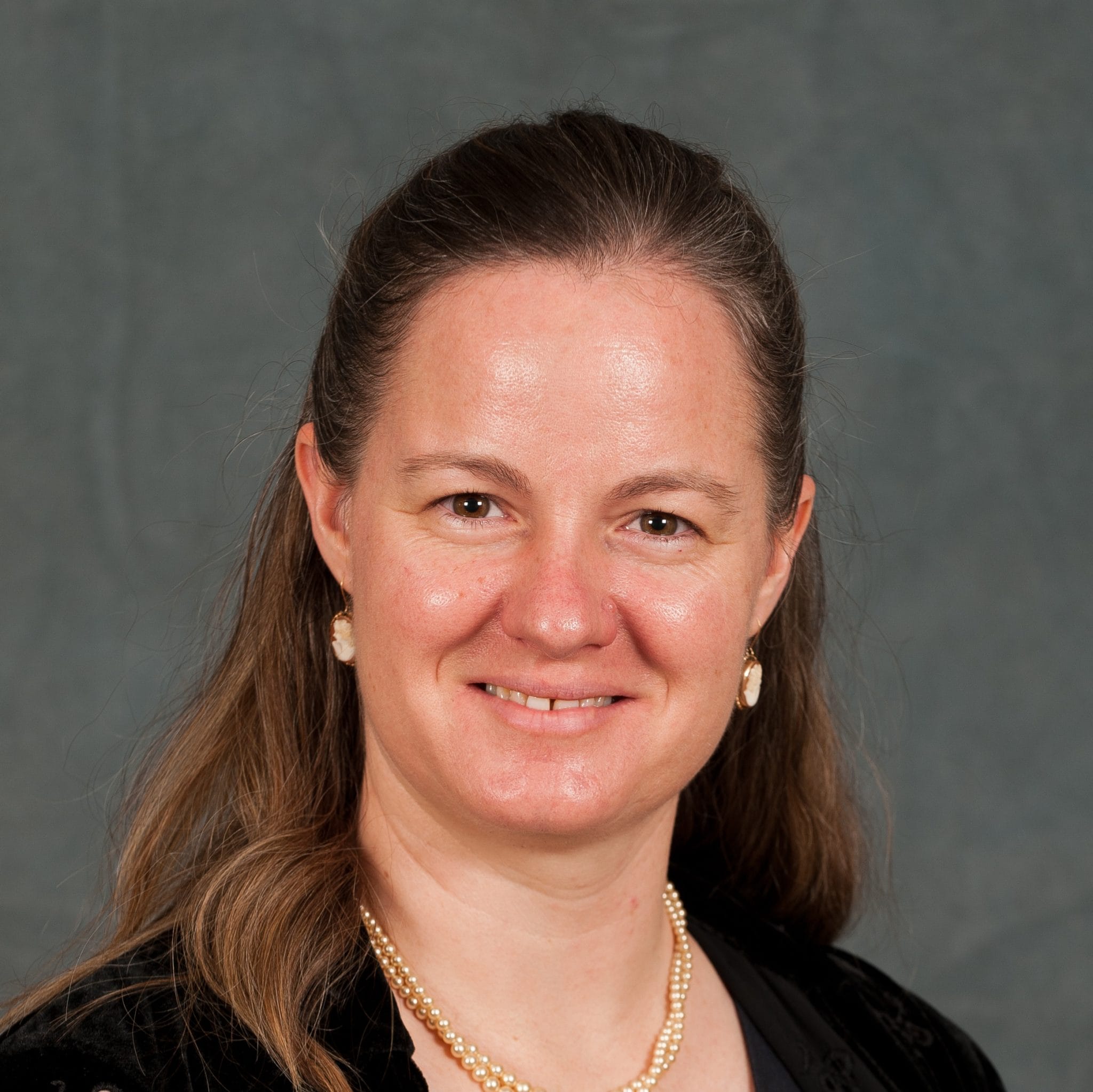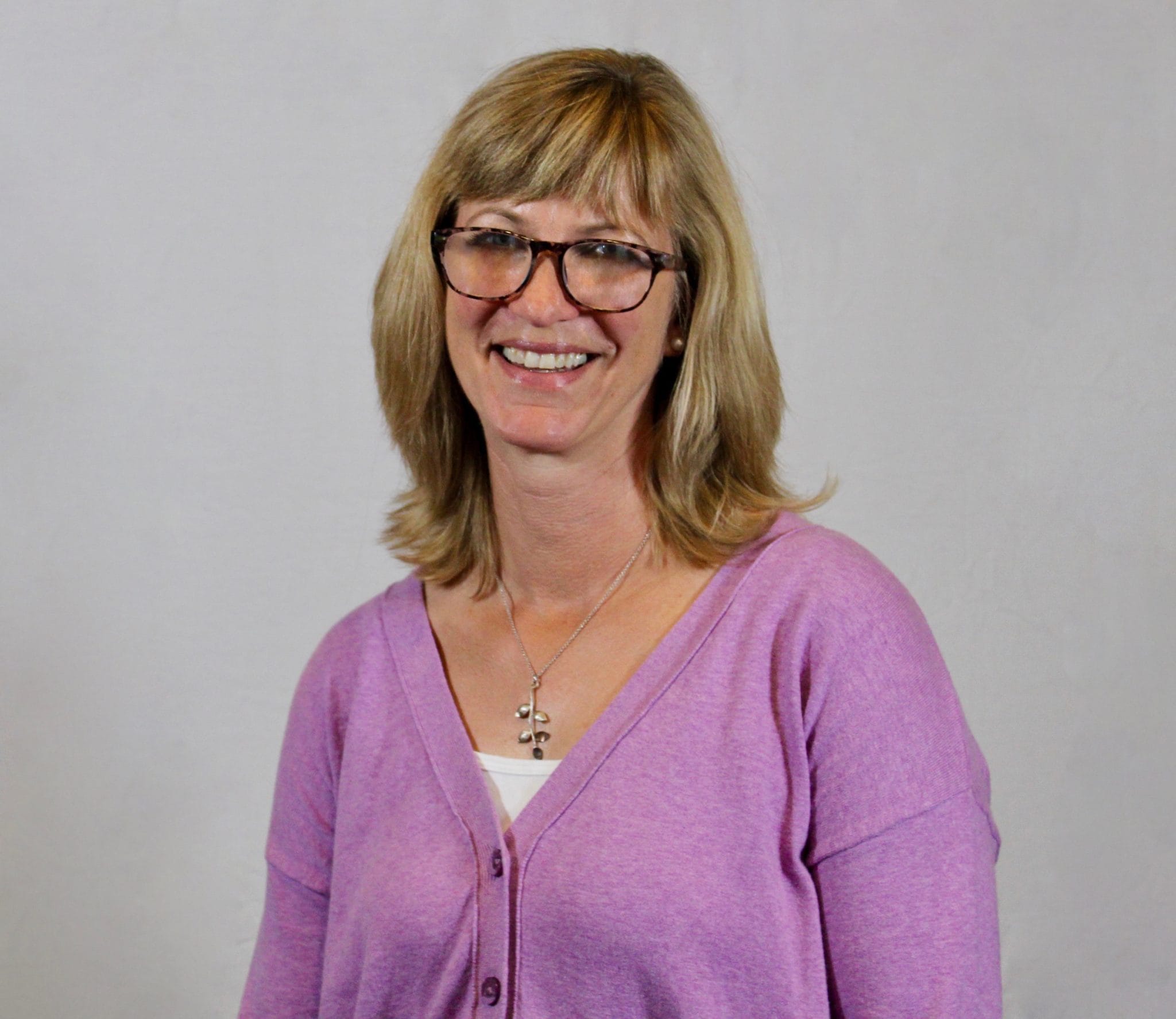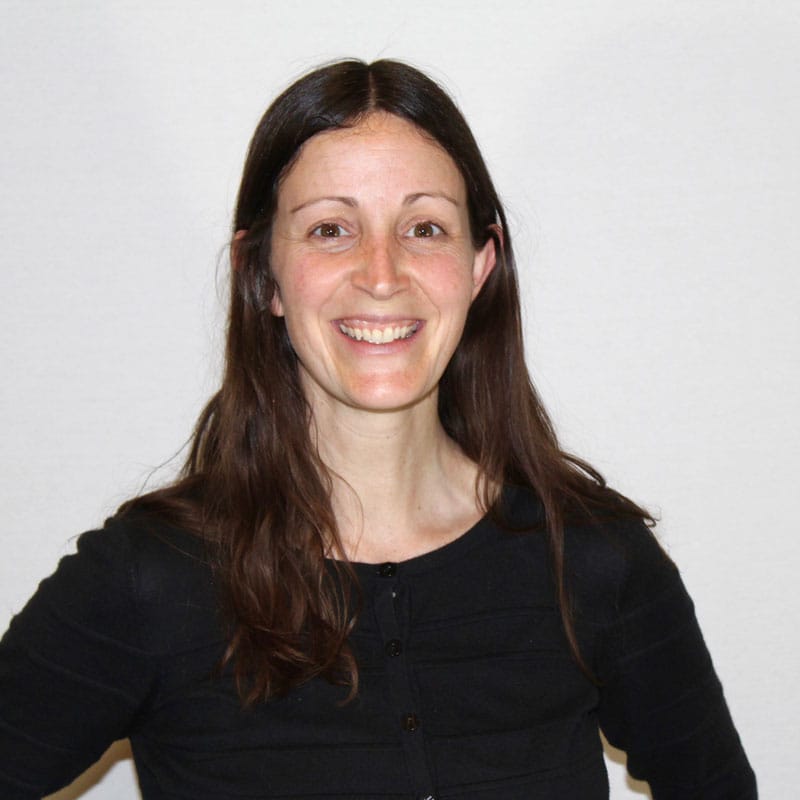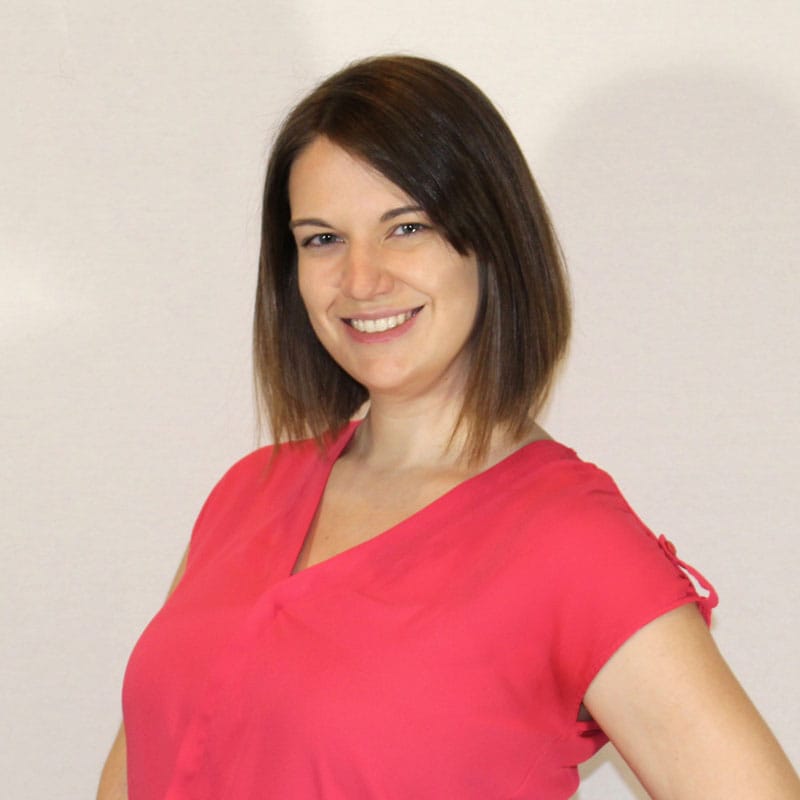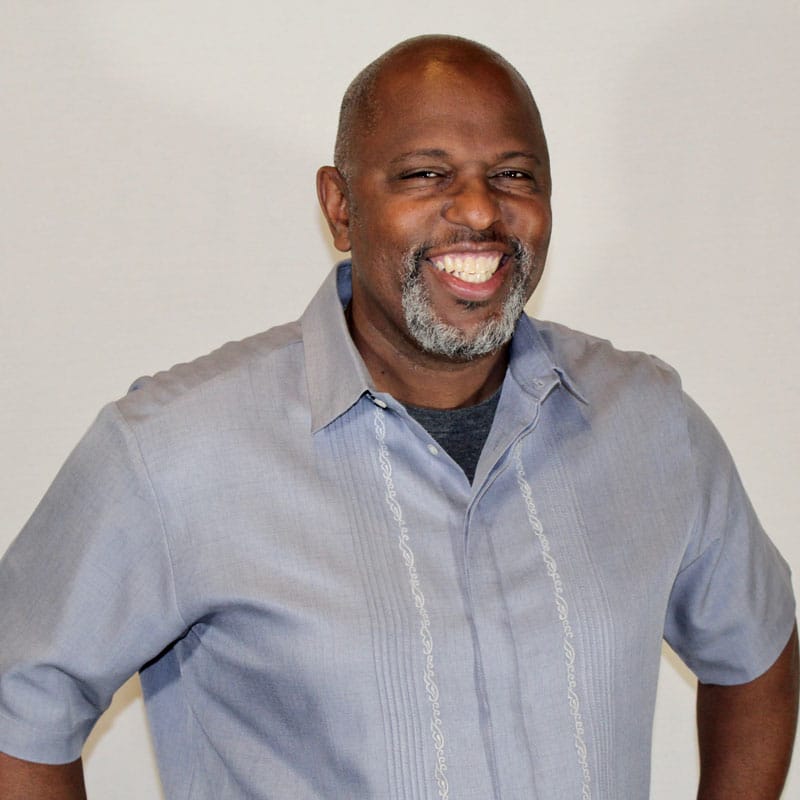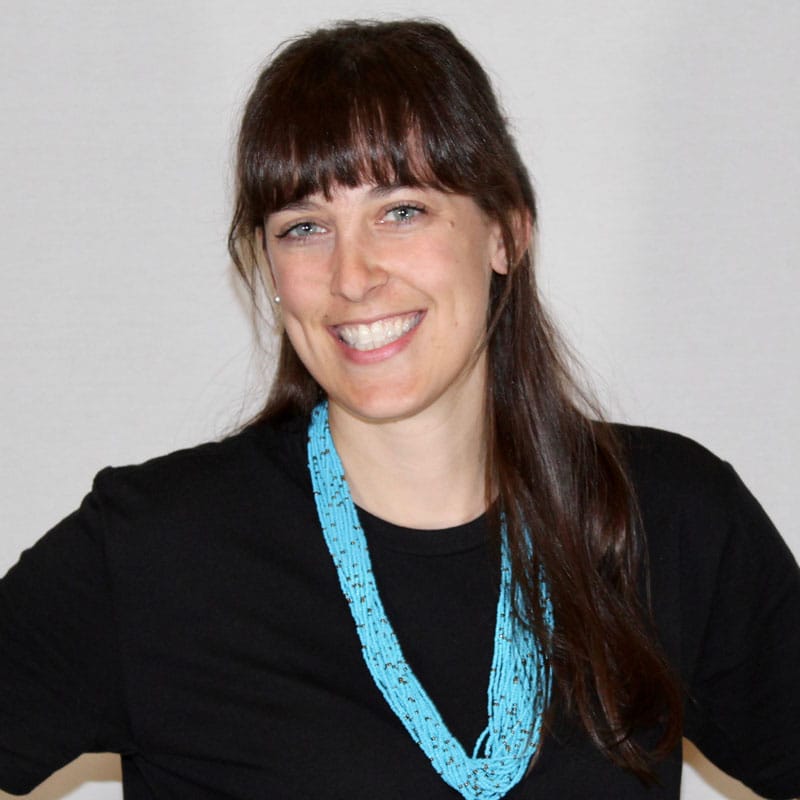February 15, 2016
(Photo credits: Sarah Hughes/Center for Inspired Teaching)
This piece was written by David Yarmchuk, Inspired Teaching’s Senior Manager of Science Education. David leads SCALE: Science Curriculum Advancement through Literacy Enhancement, an Inspired Teaching program that provides science teachers (K-12) with the tools, strategies, and support they need to implement standards-aligned, inquiry-based instruction in their classrooms.
Have you ever played with those toy cars that race forward on their own after you drag them back across the floor? I have, and so have physics students at Eastern High School, thanks to SCALE Teacher Leader Stephen Sholtas. A group of partners, interested community members, and I had the chance to see his classroom in action when we visited Mr. Sholtas on February 3rd. The class we observed wasn’t just about playing with toys; after experimenting with the cars, students were expected to explain the physics behind each car’s motion. “I think there’s a spring inside,” suggested one student, supporting his claim by demonstrating the sounds you hear when the car is pulled back. “Can we open it up and see what’s inside?” asked another. That type of curiosity may be lacking in some science classes, but it’s certainly not unusual in Mr. Sholtas’ room.
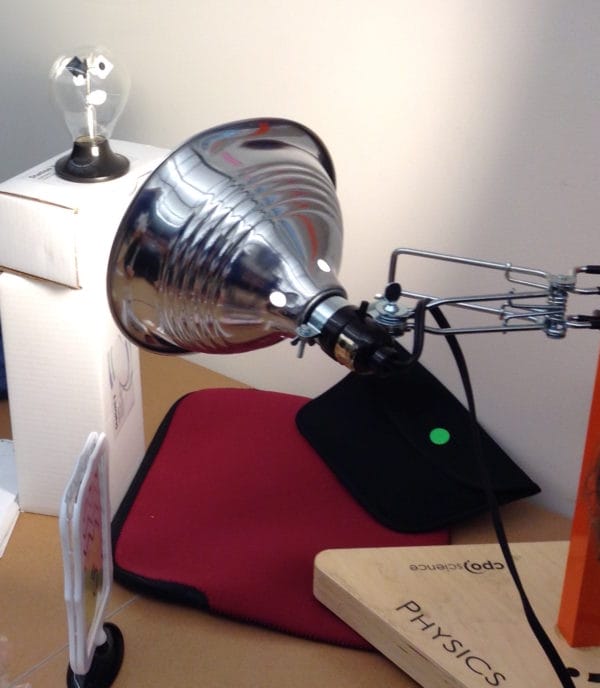 Students throughout the class experimented with a variety of different energy-related investigations, from radiometers (miniature weathervanes that spin when exposed to a light source), to hot and cold packs, to glow sticks, to plastic frogs that jump when placed on a flat surface. One thing you wouldn’t see written down in class that day? The word “energy.”
Students throughout the class experimented with a variety of different energy-related investigations, from radiometers (miniature weathervanes that spin when exposed to a light source), to hot and cold packs, to glow sticks, to plastic frogs that jump when placed on a flat surface. One thing you wouldn’t see written down in class that day? The word “energy.”
This class period was the first in a series of lessons about energy. While the concept of energy was central to each of the activities, Mr. Sholtas had carefully removed every instance of the word from the instructions. By allowing students to make sense of the experiences on their own, without giving away their connections, Mr. Sholtas gave students the opportunity to experience the joy of discovery on their own. That doesn’t mean the class won’t talk about and define energy in the days ahead. In fact, students will be expected to use energy concepts to create increasingly complex models of the world around them. But by allowing students to build their own understanding of what energy looks, acts, and feels like first, students will develop a more meaningful and lasting grasp of an abstract concept that is often difficult to comprehend on paper.
The presence of student inquiry and imagination were palpable to all of the classroom visitors as Mr. Sholtas gave students the freedom to experiment and play an active role in their learning process. The teenagers weren’t passive listeners, but active investigators and scientists. As we left the room that morning, the last thing I saw was students searching in a drawer for a screwdriver to take the toy car apart. I couldn’t help but wonder if I were looking at two future engineers.
In school year 2016-17, SCALE will expand to public charter schools in Washington, DC. Learn more and register to receive more information.
